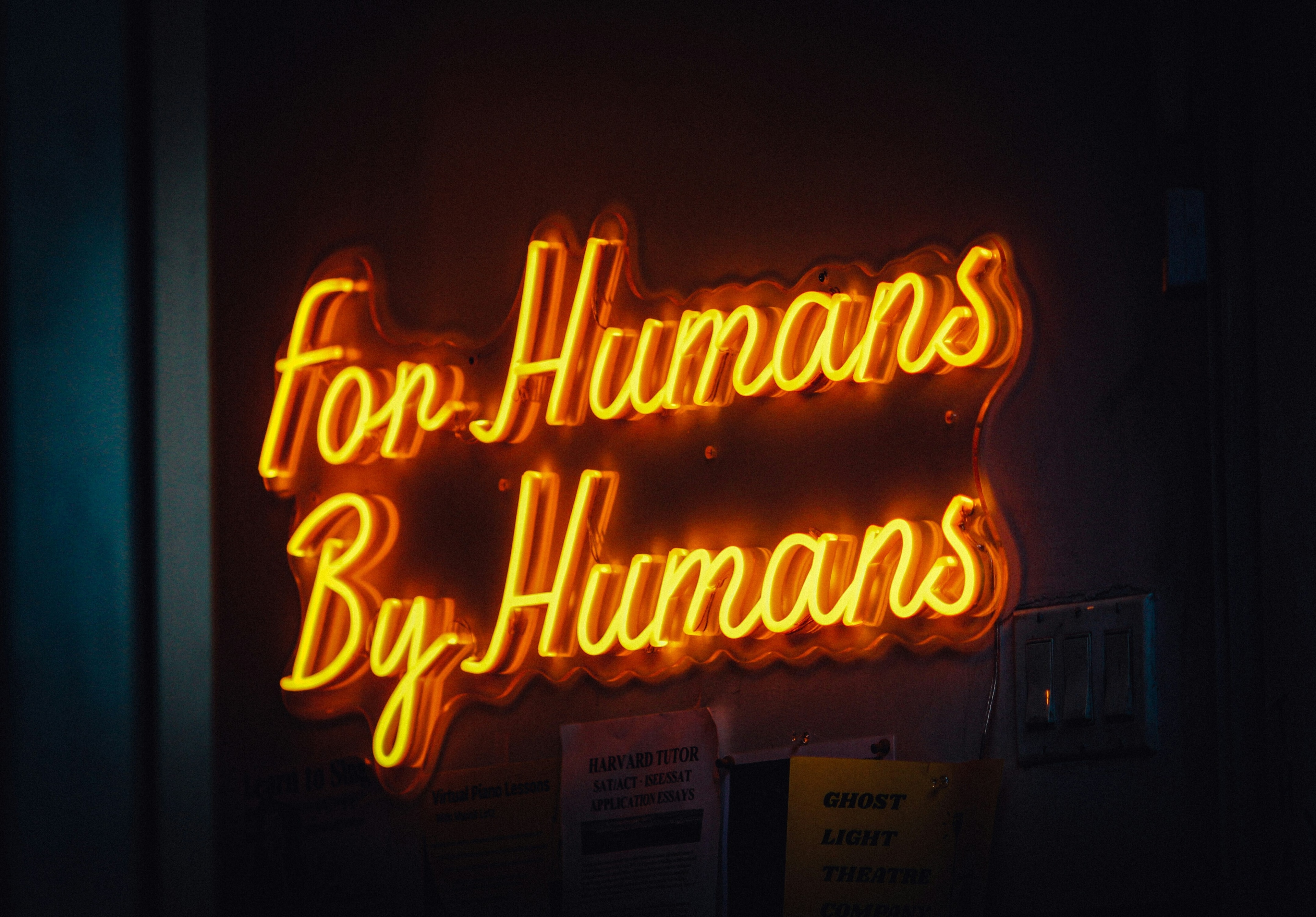What happened in the global labour market in 2022?

The level of hours worked worldwide was 1.5% below pre-pandemic levels. Image: Unsplash/CoWomen
Listen to the article
- A combination of economic and political crises is putting global labour market recovery in jeopardy, according to the International Labour Organization (ILO).
- The ILO’s Monitor on the World of Work report says the Ukraine conflict has made recovery from the COVID-19 pandemic harder, especially in lower-income countries.
- At current rates of progress it will take 60 years to close the work hours gender gap between women and men, it warns.
A raft of interconnected crises, compounded by the war in Ukraine and COVID-19 pandemic, are creating a worsening outlook for the global labour market, according to the International Labour Organization (ILO).
The 10th edition of its Monitor on the World of Work estimates that the level of hours worked worldwide was 1.5% below pre-pandemic levels for the third quarter of 2022. That amounts to a deficit of 40 million full-time jobs.
And the situation is only likely to get worse in the near future, the ILO warns.
What’s causing this uneven global economic recovery?
Not much more than a year ago, 94% of workers around the world were experiencing workplace closures because of COVID-19 restrictions. And “while the gradual lifting of controls has enabled economic activity to return… there have been significant differences in labour market trends between and within countries”, the report says.
Employment in most advanced economies has now either reached or surpassed levels before the COVID-19 pandemic, with labour shortages occurring in some of them. However, economies in low- and middle-income countries have found it harder to recover.
The ILO says that pandemic spillover effects, together with “a set of multiple and overlapping crises” made worse by the Ukraine conflict, have fuelled inflation causing real wages to fall in many countries around the world. Food and energy inflation are affecting households the most. While slowdowns in economic growth are also reducing demand for workers as uncertainty affects hiring.
The global gender gap is widening
Before the COVID-19 pandemic there was a significant discrepancy in the hours worked per week between men and women – 34.7 hours and 19.8 hours, respectively. Although there had been some progress in reducing this, the pandemic heavily disrupted the trend, increasing the gender gap substantially.
Despite a recovery in hours worked by women since the global health crisis, the ILO describes the situation as “worrying”. Women currently work 14.5 fewer paid hours per week than men, which is the equivalent of 57.5 paid hours per every 100 worked by men.
At recent rates of progress it will take more than 60 years to close the work hours gender gap, the report says.
This situation is reflected in the World Economic Forum’s Global Gender Gap Index 2022, which tracks progress towards closing these gaps over time. Scores for gender parity in the labour force plummeted during the COVID-19 pandemic and, as a result, are at their lowest since the index began in 2006, at 62.9%, the Forum writes in its latest Gender Gap Report.

There has also been an uneven recovery among different groups of workers. High-skilled occupations had experienced a strong post-pandemic recovery by mid-2022, the report says. However, employment in most medium-skilled and low-skilled occupations remains below the level it was in mid-2019.
Informal employment, on the other hand – defined by the ILO as economic activity that is not fully protected by formal arrangements either legally or in practice – grew at a “rapid pace” after dropping significantly during the pandemic and is now on a par with formal employment rates. This rebound is partly explained by the disproportionate number of job losses for formally employed women during 2020, it says.
How is the World Economic Forum improving working conditions in the gig economy?
Flexible working is still a big issue in richer countries
Although the pandemic brought a rapid acceleration in flexible working, especially in richer countries, many advanced economies are experiencing labour shortages, partly due to people leaving the workforce.
In the United States, around 4 million workers a month are quitting their jobs, according to government figures. And a recent study by McKinsey finds that women leaders are leaving their posts in droves. Women in the Workplace 2022, described as the largest survey of women in corporate America, found that only 10% of women want to continue working mostly on-site, with most women seeking more flexible working opportunities.
In the UK many people are exiting the workforce to care for relatives. The number of such workers is at the highest level since May 2020, according to The Guardian. It says official figures show that 43,000 women have left the workforce due to caring commitments in the last year, which is a 3% increase on the year before.
In June to August 2022, 27.6% of women were not working because of these commitments, compared to 7.4% of men, The Guardian reports. However, official figures also show that 36,000 men left work in the last year because of caring commitments, which is a 15% increase on the year before.
ILO Director-General, Gilbert F. Houngbo believes “tackling this deeply worrying global employment situation, and preventing a significant global labour market downturn, will require comprehensive, integrated and balanced policies both nationally and globally”.
He adds: “We need a strong commitment to initiatives such as the UN Global Accelerator on Jobs and Social Protection, which would help countries create 400 million jobs and extend social protection to the four billion people who are currently unprotected.”
Don't miss any update on this topic
Create a free account and access your personalized content collection with our latest publications and analyses.
License and Republishing
World Economic Forum articles may be republished in accordance with the Creative Commons Attribution-NonCommercial-NoDerivatives 4.0 International Public License, and in accordance with our Terms of Use.
The views expressed in this article are those of the author alone and not the World Economic Forum.
Stay up to date:
Education, Gender and Work
Forum Stories newsletter
Bringing you weekly curated insights and analysis on the global issues that matter.
More on Jobs and the Future of WorkSee all
Atul Kumar
August 12, 2025








